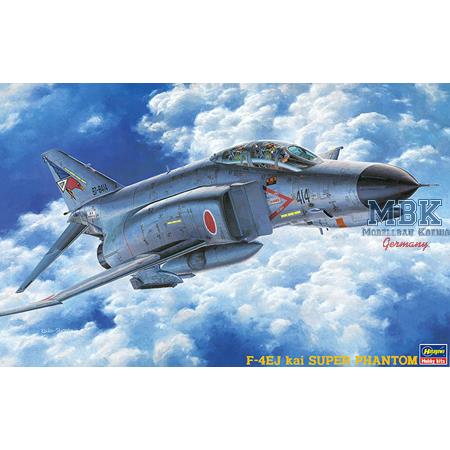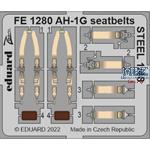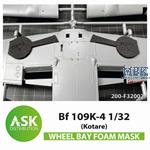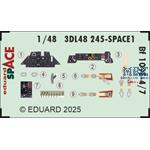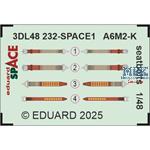McDonnell Douglas F-4EJ Kai Super Phantom (PT7)
HAS07207
HASEGAWA
1:48

- Scale 1:48
- not built, not painted
- Paint and glue not included
It was decided to adopt the F-4EJ Kai as the successor to the F-86F in 1968.
Deployment of the F-4EJ began in 1969. Since more than 20 years have passed since its introduction, research and development has been ongoing since 1980 to extend the aircraft's lifespan and improve its capabilities.
As a result, the F-4EJ Kai upgrade plan was announced in February 1982.
This upgrade primarily involves improving combat capabilities and adopting the ASIP inspection method, a measure to extend the aircraft's lifespan.
To improve combat capabilities, the first step was to install the AN/APG-66J fire-control radar, a modified version of the Westinghouse AN/APG-66 used in the F-16. This radar was adopted after learning from the lessons learned from the MiG-25's forced landing in Hakodate. It's a small pulse-Doppler radar, suitable for detecting aircraft flying at low altitudes over the sea. In conjunction with this, the onboard computer was changed from analog to digital. This allowed for the integration of weapons systems and the use of the domestically produced ASM-1 anti-ship missile. The navigation system was also changed from analog to digital. The digitalization of the inertial navigation system dramatically improved navigation accuracy and added a target marking function that could mark up to three target points. As an additional defensive measure, the radar warning system was upgraded to an improved version, and detailed data was displayed on the cockpit CRT screen. In addition, to simplify pilot operations, the HOTAS concept was adopted, which allows pilots to perform various operations while keeping their hands on the control stick and throttle levers. In conjunction with these modifications, a new head-up display has been adopted to display processed data, allowing the pilot to read the data while facing forward.
The F-4EJ Kai adopts the ASIP aircraft management system as a measure to extend the aircraft's lifespan.
This is a system that manages each aircraft's flight performance data by computer and manages each aircraft's fatigue level individually.
This ASIP system can extend the aircraft's lifespan by approximately 2,000 hours.
Although the F-4EJ Kai's primary mission is interception combat, its ground attack capabilities are also significantly improved compared to the F-4EJ. As the F-1 support fighter is being retired in the future, one squadron of F-4EJ Kai will be assigned to support combat missions.
Stats
- Crew: 2
- Wingspan: 11.77m
- Length: 19.2m
- Height: 5.02m
- Maximum Takeoff Weight: 28,030kg
- Engines: General Electric, Ishikawajima-Harima Heavy Industries J79-GE/IHI-17 x 2
- Thrust: 5,380kg (8,120kg with A/B)
- Maximum Speed: Mach 2.2/11,000m
- Fixed Weapon: M61A1 20mm Vulcan Cannon
- First Flight: July 17, 1984 (F-4EJ Kai experimental modified aircraft)
Write now your personal experience with this article and help others with their purchase decision.

